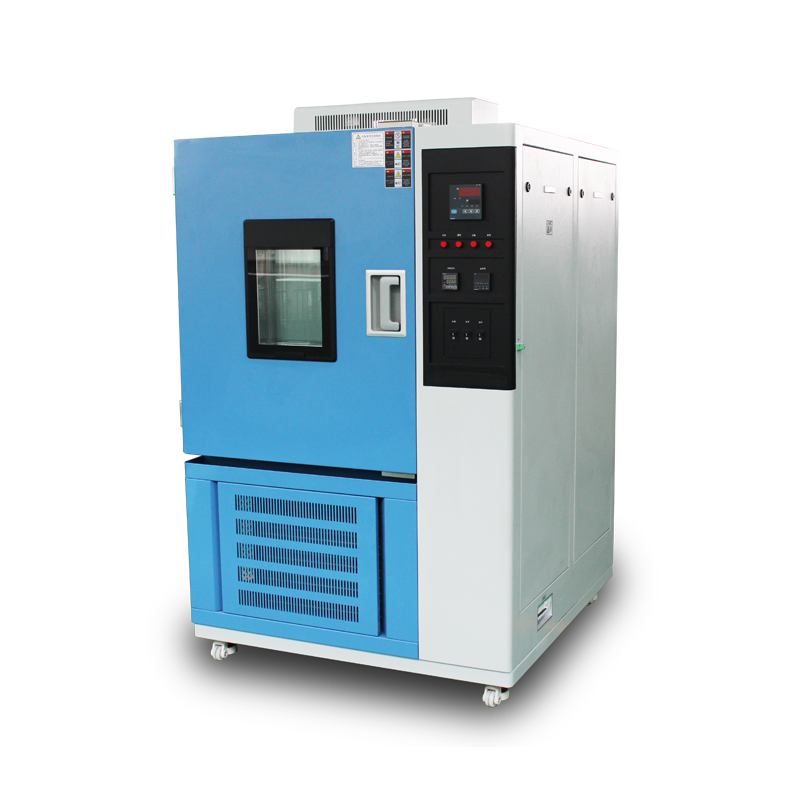

Low-temperature test chambers are widely used in aerospace, automotive, home appliances, and scientific research to determine the adaptability of products or materials under different environmental temperatures. These chambers feature adjustable temperatures, microcomputer control, digital temperature display, high-density insulation layers, and energy-saving designs. They also include automatic protection mechanisms such as leakage and fault alarms.
During the refrigeration process, the test chamber drives the compressor to introduce low-temperature, low-pressure refrigerant gas, which is then compressed by the motor to produce high-temperature, high-pressure gas. This process provides the necessary power for continuous refrigeration and ensures the smooth operation of the compression, condensation, expansion, and evaporation cycle.

However, improper operation can lead to refrigerant leakage, which can affect the performance of the chamber. If refrigerant leakage occurs, the following steps can be taken to address the issue:
Identify the Leak: When the equipment pressure exceeds or falls below the normal range, refrigerant leakage may occur. To locate the leak, introduce high-pressure nitrogen into the copper pipes and use a leak detector or soapy water to identify the leak point. In most cases, there will be only one leak point, but multiple leaks are also possible, so thorough inspection is necessary.
Repair the Leak: Once the leak point is identified, use oxy-welding to seal the leak tightly. After welding, re-pressurize the system with nitrogen and perform a 48-hour pressure hold test to observe any changes in the pressure gauge. If the needle does not move, the repair is successful. Finally, release the nitrogen and refill the system with the appropriate refrigerants, such as R404 and R23.
Preventive Measures: Regular maintenance of the refrigeration system can help prevent leaks. This includes cleaning the condenser, checking for wear and tear in the system, and ensuring all connections are secure.
Friendly Reminder: If refrigerant leakage or other issues are detected in the low-temperature test chamber, avoid disassembling the equipment to prevent further damage. Instead, contact professional maintenance personnel for assistance.